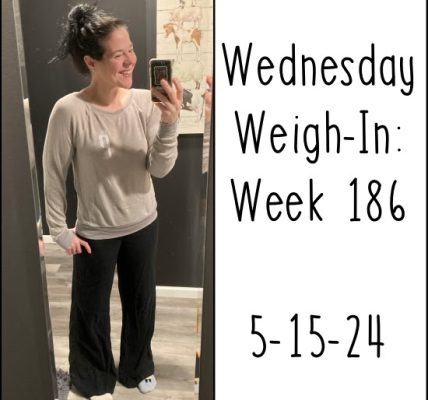 If you knew the doughnut you were about to order had 480 calories and 13 grams of saturated fat, would you still order it? Maybe. But according to a new Canadian study, maybe not.
If you knew the doughnut you were about to order had 480 calories and 13 grams of saturated fat, would you still order it? Maybe. But according to a new Canadian study, maybe not.
The study, which is due to be completed this month, examined the impact of publishing nutrition information directly on menu boards. It’s a practice that you’ll already see in places like Philadelphia and New York. This is in contrast to the previous practice of providing nutrition information upon request or through the company’s website.
It’s not that any of us think doughnuts are healthy. But when we see how unhealthy that doughnut is through objective data points like calories and fat, the impact on your health becomes much harder to ignore. Moreover, it then enables us consumers to compare that doughnut to other options – like the whole-grain oatmeal with just 160 calories.
In a first wave of surveys, researchers found that adding the nutrition information to the menu board resulted in 73 fewer calories consumed. It also resulted in less sodium and fat.
Of course, this is just one small data point in one small study – and the menu nutrition information has its fair share of critics and controversies. Is it more important to show calories or fat? Total fat or just the unhealthy saturated or trans fats? How will consumers be able to interpret this information? Do people realize that the 13 grams of saturated fat in a doughnut is 65{967bf23b37ec6a673a83041540b3f904a815b4119ddf673afb961c1e7592ebdd} of their recommended daily limit?
It’s not THE answer. But it could be one of many; as we all strive to create healthy lives, this could prove to be a valuable step in a very long journey.
In the comments below, I’d love to hear what you think. Would you find it helpful if restaurants labeled their menu boards with nutrition information?








